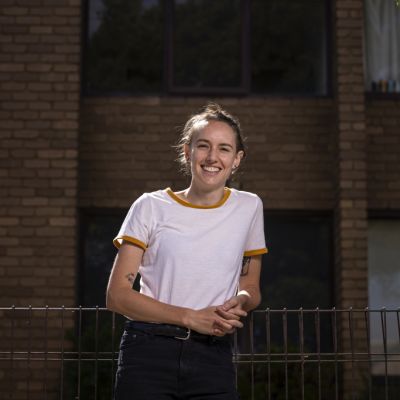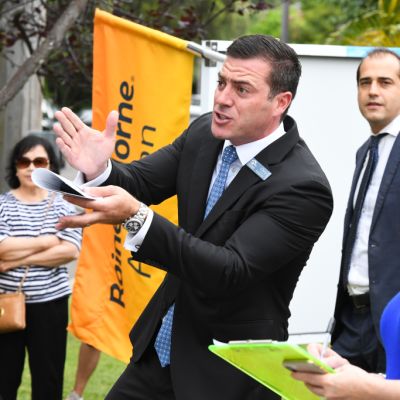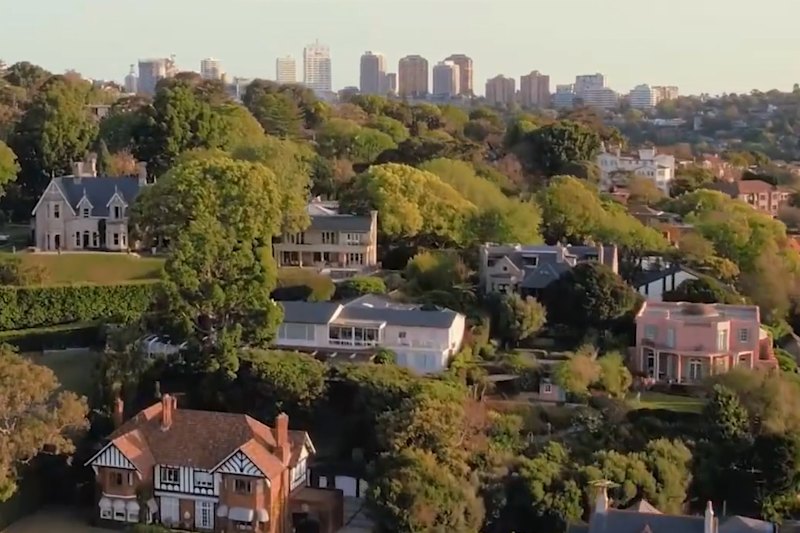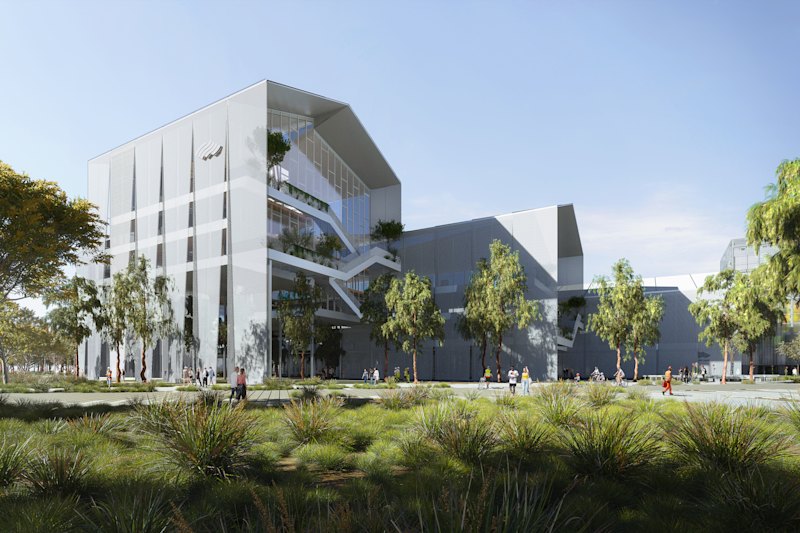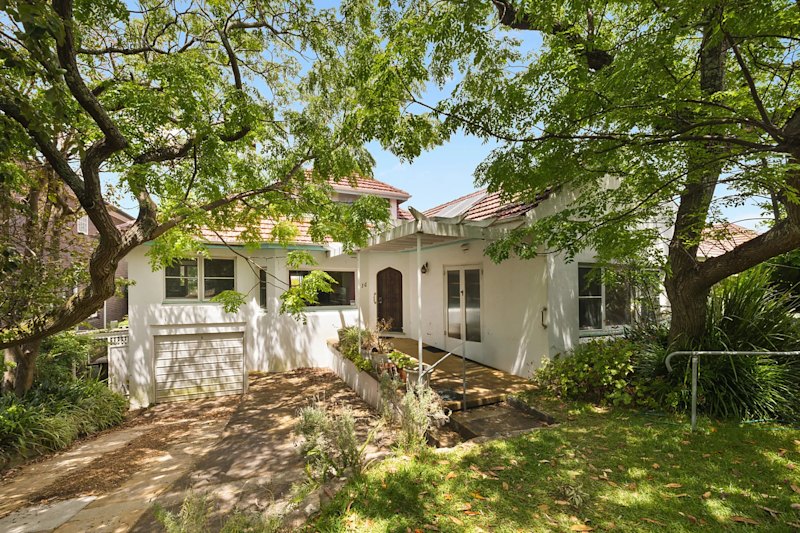House prices predicted to rise by up to 10 per cent in 2021
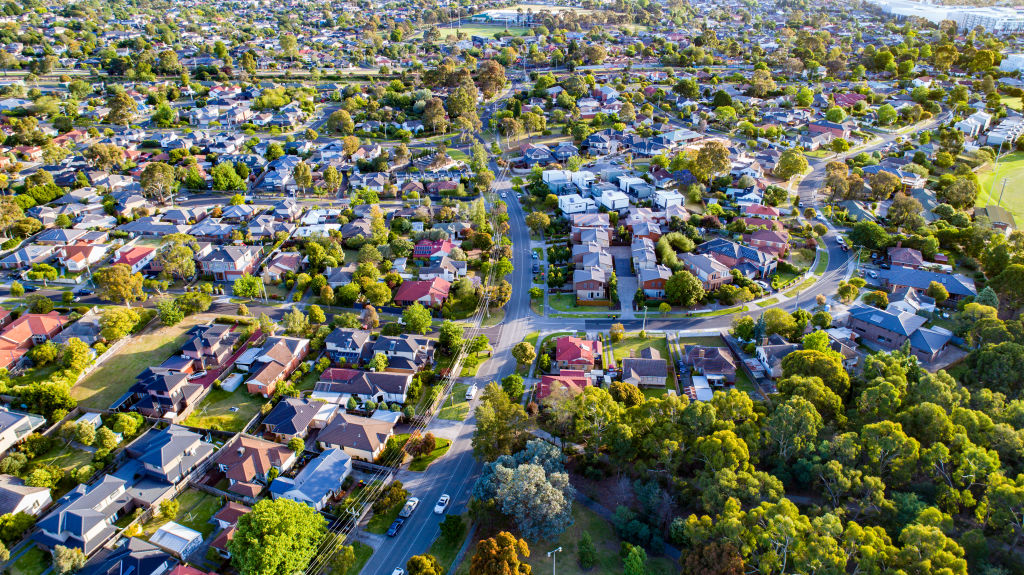
Australia’s “ferocious” property market is forecast to soar by up to 10 per cent this year, following new data that shows house prices and new loan commitments have hit record highs.
NAB group chief economist Alan Oster told Domain he expected an increase in property prices of 10 per cent in most capitals, excluding Sydney and Melbourne, which would rise between 7 per cent and 7.5 per cent.
Commonwealth Bank head of Australian economics Gareth Aird has predicted a 9 per cent rise in house prices and 5 per cent for units.
ABS figures released Monday revealed owner-occupier loan commitments in Australia rose by a record 8.7 per cent, or $19.9 billion, fuelled in part by people taking advantage of low interest rates and HomeBuilder grants.
And, despite the pandemic, job losses and economic uncertainty, owner-occupier loan commitments rose by a massive 38.9 per cent last year, in the 12 months from December 2019 to December 2020.
“There’s a lot of evidence showing the housing market is strong and today’s pricing data which show house prices are up in January fits in with the lending data, and are suggesting house prices will keep rising in 2021,” CBA’s Gareth Aird said.
It’s a stunning turnaround from forecasts made in the early days of the COVID-19 pandemic, when it was thought property prices could fall anywhere from from 10 per cent to 30 per cent.
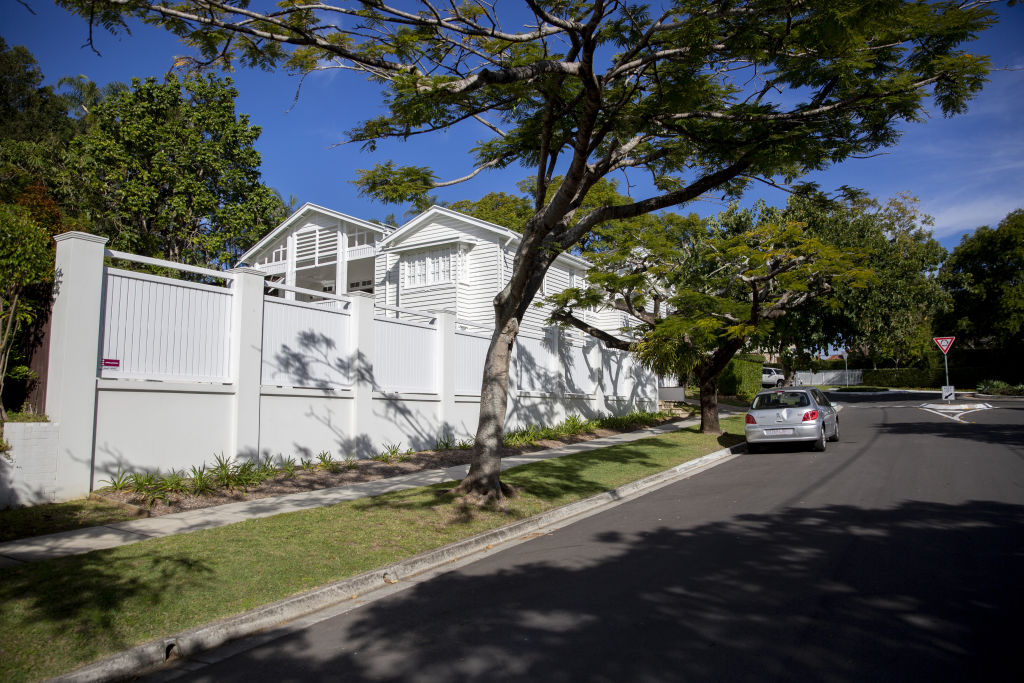
Instead, Australia’s housing market has made a rapid recovery, with CoreLogic’s latest index of dwelling values finding home values rose to a record high in January, up 0.9 per cent.
The figures come off the back of last week’s Domain House Price Report that revealed the national median house prices rose 4.1 per cent to $852,940 in the December quarter, the steepest quarterly jump in four years.
House prices in most capital cities finished the year at record levels, with Sydney’s median now at $1,211,488, Melbourne’s at $936,073, Canberra’s at $855,530 and Brisbane’s at $738,000.
Buyer advocate Cate Bakos said the market for buyers had become “ferocious” with house prices rising by thousands of dollars each week due to the competition over fewer homes for sale.
Even if more stock comes to the market, she believes there is enough demand from buyers to keep the current momentum going.
“I’ve never seen it like this before,” Ms Bakos said. “The demand for houses has gone through the roof.”
Buyers needed to focus on the concessions they would be willing to make to buy in the rising market, she said.
“They need to be prepared to be realistic and aim for houses slightly below their budget to give them room if prices keep moving up,” Ms Bakos said. “It’s been a really hard time for buyers to accept that the market is moving at such a frenetic pace and from what I can see the market drivers [including low interest rates] are are so strong it’s not going to stop anytime soon.”
While JobKeeper, JobSeeker and mortgage repayment holidays are set to wind back or end next month, NAB group chief economist Alan Oster believes these won’t put a stop to the property market.
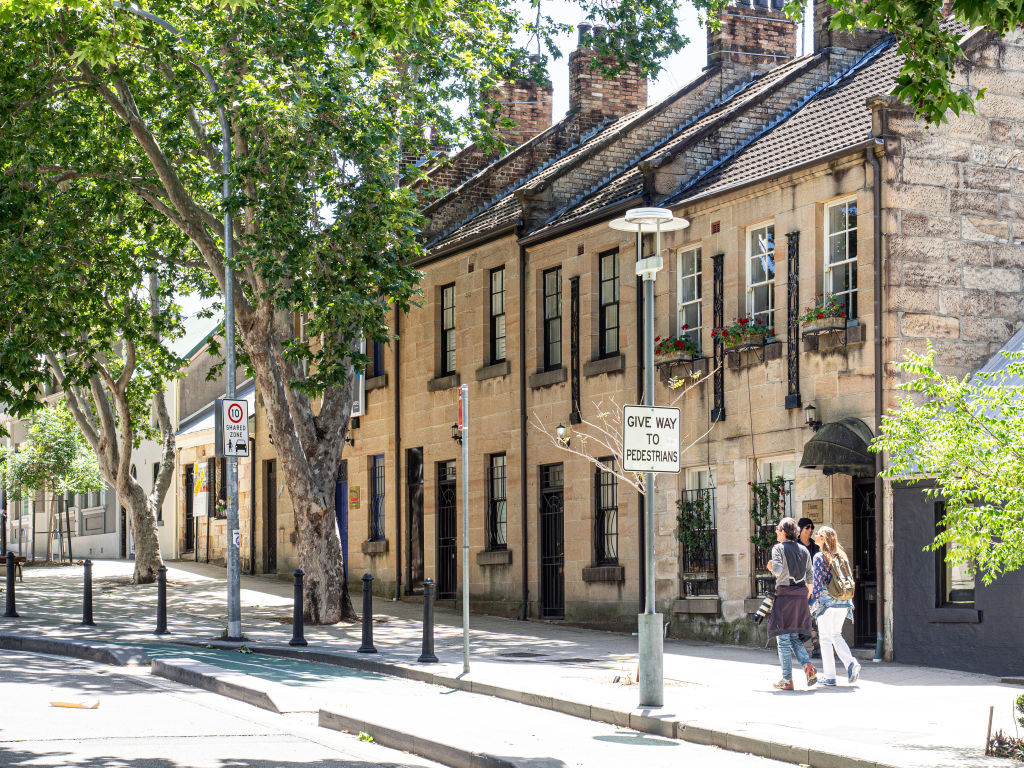
“It might slow things down but JobKeeper is less of a problem than people think,” Mr Oster said.
Most businesses were able to stand on their own two feet without needing to claim payments for their employees as the number of coronavirus cases fell, he said, pointing to people having more secure jobs and being able to pay their mortgages.
Low interest rates and the government’s HomeBuilder scheme had had a “huge impact” on new loan commitments, according to ABS head of finance and wealth Amanda Seneviratne.
About 53 per cent of loans were for owner-occupiers buying existing dwellings, while construction of new dwellings accounted for 32 per cent, she said.
“The value of construction loan commitments grew 17.1 per cent in December, more than doubling since the June implementation of the HomeBuilder grant,” Ms Seneviratne said. “Federal and state government measures, such as HomeBuilder, and historically low interest rates, are supporting ongoing growth in housing loan commitments.”
CoreLogic’s home value index showed prices were 0.7 per cent higher than the previous record in September 2017 and 1 per cent higher than pre-covid levels.
But the biggest jumps in value were in regional areas where city dwellers had moved to escape strict lockdowns. Since March last year, regional housing values have surged by 6.5 per cent, the figures showed.
CoreLogic research director Tim Lawless said the change between metro and regional housing demand in NSW and Victoria was more substantial than in other states.
“Internal migration data shows more people are leaving Sydney and Melbourne for regional areas, resulting in a transition of activity from the metro regions to the outer fringe and regional markets,” Mr Lawless said.
“This demographic trend is further compounded by the demand shock of stalled overseas migration. As Melbourne and Sydney historically receive the vast majority of overseas migrants, these metro areas have been the hardest hit by this demand shock.”
We recommend
States
Capital Cities
Capital Cities - Rentals
Popular Areas
Allhomes
More
- © 2025, CoStar Group Inc.

